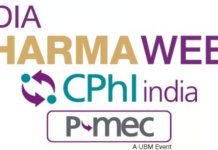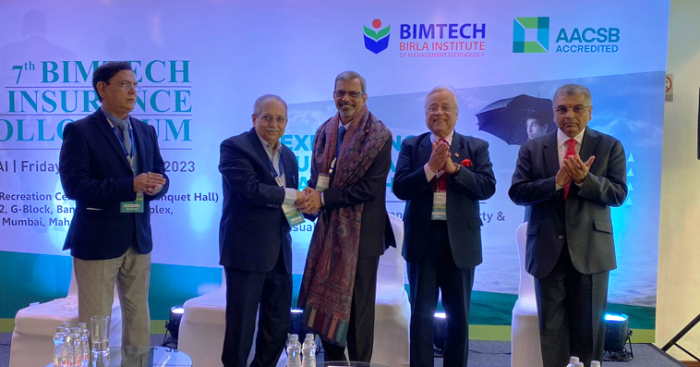Innovative water treatment in line with the trend
Cologne, October 04, 2019: “Innovative solutions for water treatment are gaining in importance in an attempt to use this resource responsibly. LANXESS can make valuable contributions to this in all application areas,” emphasizes Alexander Scheffler, Vice President Global Marketing and Product Development in the Liquid Purification Technologies (LPT) business unit at LANXESS.
At international trade show Aquatech, which will take place from November 5 to 8, 2019, in the Dutch city of Amsterdam, specialty chemicals company LANXESS will present its comprehensive range of products and services relating to process water, drinking water and wastewater. A custom selection of products and technologies is often vital here. In many cases, optimum results can be achieved only with the smart combination of several technologies. LANXESS has many years of combined expertise for this in the areas of ion exchange, adsorbers, reverse osmosis and ultrafiltration.
Current trends such as electromobility provide LPT’s operations with additional impetus: “Recently implemented improvements to processing technology and process efficiency in the production of ion exchange resins in Leverkusen are already bearing fruit. Thanks to the resulting capacity enhancement, we can successfully satisfy the recent rise in demand from the battery industry, for example,” explains Scheffler. Numerous ion exchange resins from the Lewatit product range are also being produced at the plant in Leverkusen for use in the food industry.
High Performance (HP) RO membrane elements a market success
The range of Lewabrane high performance (HP) RO membrane elements for energy-efficient brackish water treatment, which was recently launched on the market, is already well established. On the basis of an optimized membrane structure, they offer improved rejection with a higher flux rate compared with standard elements. “We are seeing very healthy demand, particularly in the conservative European market,” explains Scheffler. On the whole, he is also contented with the market development for reverse osmosis elements and looks into the future with confidence.
The company’s involvement in the Multi-ReUse research project shows just how important reverse osmosis is to LANXESS, especially for wastewater treatment. One aim in this context is to take suitable action to minimize fouling and thereby ensure stable operation in the long term. The project also showed that micropollutants such as pesticides, pharmaceuticals and contrast agents are safely separated through reverse osmosis.
On the basis of a sales partnership with French company Polymem SA, which was agreed in 2018, LANXESS has added Gigamem ultrafiltration elements to its portfolio for water treatment. The first projects to result from this cooperation have been successfully launched in the Mediterranean region.
Reverse osmosis and ion exchange hand in hand
The combination of reverse osmosis and ion exchange opens up new areas of application for water treatment, for which a single technology would be no match. For example, after an initial filtration step, pig manure is concentrated via reverse osmosis. Ammonium ions can then be removed from the highly alkaline permeate using a cation exchanger and the acidic medium subsequently neutralized with a mixed bed exchanger. The water purified in this way can usually be discharged directly into surface water. This process is already being used successfully in the Benelux countries.
The current version of the LewaPlus software developed by LANXESS that is used for designing combined systems of this kind now also features a cost module for ion exchange, so that – in combination with the integrated cost calculation for reverse osmosis – it is easy to estimate the total investment costs and operating costs.
Arsenic removal from drinking water and wastewater
Arsenic pollution is one of the most dangerous forms of drinking water contamination. Some very high concentrations of arsenic occur in the groundwater in many regions of the United States, South America and Asia. Elevated arsenic levels are also found in Europe – in the United Kingdom, for example. Using Bayoxide iron oxide adsorbers, LANXESS is providing an efficient technology for the removal of arsenic from drinking water and wastewater. The core of the Bayoxide system is a solid bed of iron oxide beads. The beads have finely structured surfaces that adsorb pollutants when contaminated water flows over them.
The LPT business unit
The LPT business unit is part of the LANXESS Performance Chemicals segment, which generated sales of EUR 1.35 billion in fiscal year 2018.
LPT offers a comprehensive range of tailor-made ion exchange resins and reverse osmosis and ultrafiltration membrane elements for various applications in the field of water treatment. You can find more detailed information about products from the business unit on the website at http://lpt.lanxess.com.
Corporate Comm India (CCI Newswire)






















